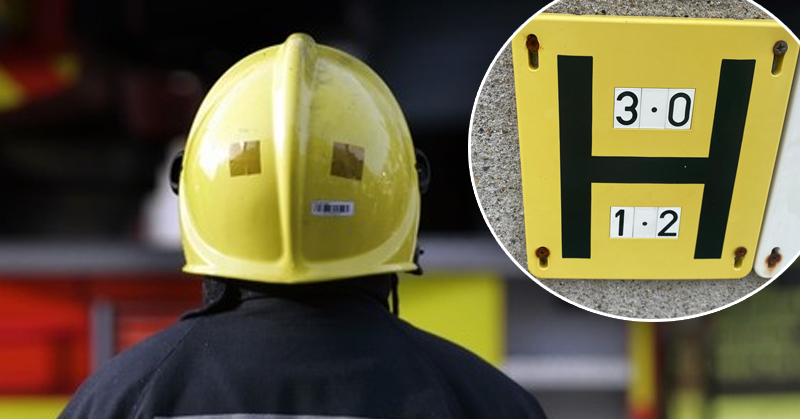This week, Donegal Daily columnist and former firefighter Brian McDaid shares his view on a recent call for details on the location of Letterkenny’s fire hydrants.
One of the first jobs you learn to do as a fireman is to find water in the ground from a fire hydrant and connect it up to the fire engine to fight a fire.
Using a standpipe key and bar you can access the local water supply and with the help of hoses to deliver a supply of water to a fire. Well, that’s the theory of it and that’s the drill firefighters do in training and make sure that all their firefighting equipment is in the right place in preparation for the real thing.
The incoming mayor of the Letterkenny municipal area Cllr. Jimmy Kavanagh tabled a question at the recent council meeting in relation to the upkeep and in some areas even trying to find the location of fire hydrants in the urban area of Letterkenny. This is not the first time Cllr. tabled a question in relation to fire hydrants in the local area.
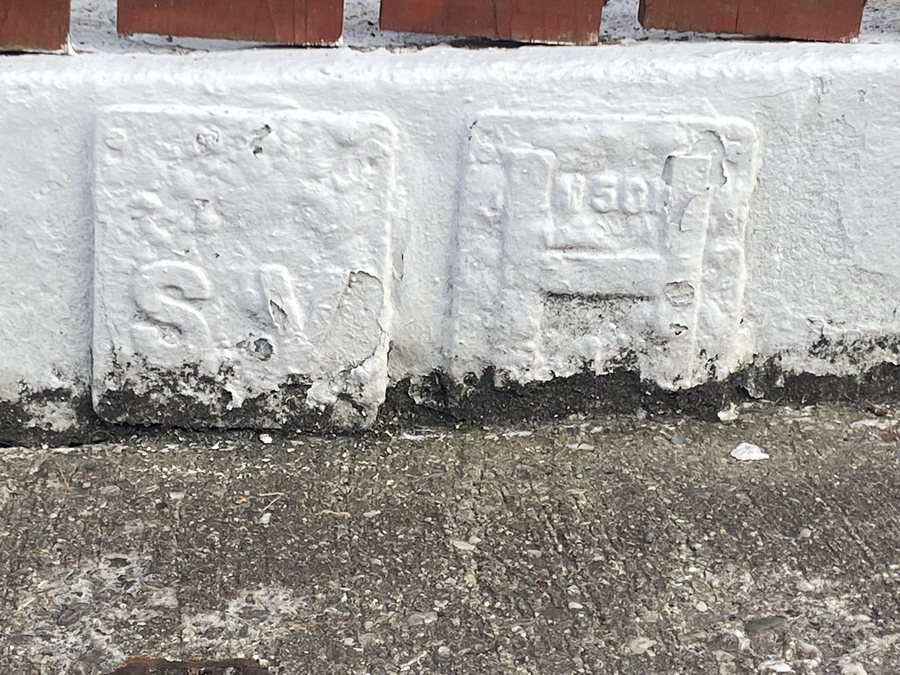
Fire hydrants markers that have been innocently painted over for years that make it very difficult for the fire service to find in an emergency. Photo Brian McDaid.
In answer to his question as to when was an audit of fire hydrants in estates in the Letterkenny area last carried out, were all hydrants in working order, and when is another audit due to be carried out, Cllr. J. Kavanagh was advised that:
Under Section 29 of the Fire Services Act, 1981 the provision and maintenance of fire hydrants is a function of a sanitary authority. That responsibility now lies with Irish Water.
The provision and maintenance of fire hydrants on private housing estates and other private property is the responsibility of the property owner.
In a more recent update on Tuesday, Cllr Kavanagh was told:
Fire brigades carry out a cyclic programme of hydrant inspections in the brigades’ operational area that include hydrants in
housing estates. Defects in hydrants are reported, using a pro forma that is completed at the time of inspection. The pro-forma is forwarded to a nominated person in the Water Service for follow up action. The Fire Service would welcome any additional assistance that the Council (Water Service) could provide.
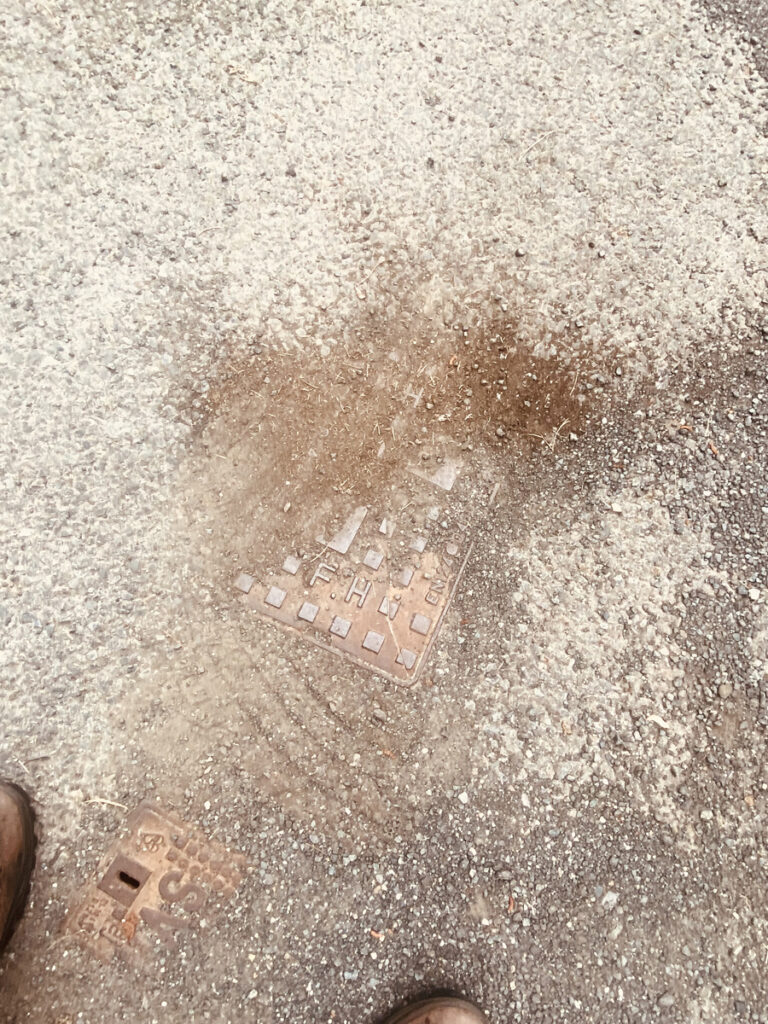
Concerned locals contact Cllr Kavanagh wondering if they had a fire hydrant in their estate. This is what we found eventually covered over for years and expected to be found in the event of an emergency and to be in working order. Photo Brian McDaid.
From a firefighter’s view…
What a firefighter prepares and trains for, and what they are faced with when they land to fight a fire in an emergency can be two different things.
This is the story of one such emergency call from over 35 years ago and to this day it still bothers me.
We were only fresh out of training a few months when one morning we got a very big and serious fire in Letterkenny.
Arriving at the fire I was dispatched to find a fire hydrant nearby which did. Using the key and bar in our kit I soon had the cover of the hydrant and threaded the stand pipe into the water supply, was about to flush the system as you are trained to do I was mortified to find that there was very poor pressure in the main, making me think in my mind that it was possible me doing something wrong. So I turned the water off and start again hoping there was a better water supply but it was still the same. I went through the process of running out a line of delivery fire hoses uphill to the fire engine and told the pump operator not to expect much supply because the water pressure was low. A second water supply was found in what was called a break water tank nearby and after we broke the concrete lid on it were able to lift water out of it using what was called a portable pump which pumped water to the main fire engine and to fight the fire.
Back in those days the fault wasn’t as much with the fire hydrant but with the water pressure around the higher locations in Letterkenny.
Thirty-five years on I stopped to have a look at that old fire hydrant which is still in operation in Letterkenny. It still has some of its coat of yellow fire paint on it, a scheme that was completed years ago when Letterkenny had its own Urban District Council. Which worked very closely with its local fire services and the county council which all under the one umbrella.
Now things are a lot different and with the increased load in training that fire personnel have to do, the inspection of fire hydrants upkeep is now the responsibility of Irish Water. And even though I’ve retired from the fire services for 5 or 6 years I still find myself looking for fire hydrants as a matter of habit.
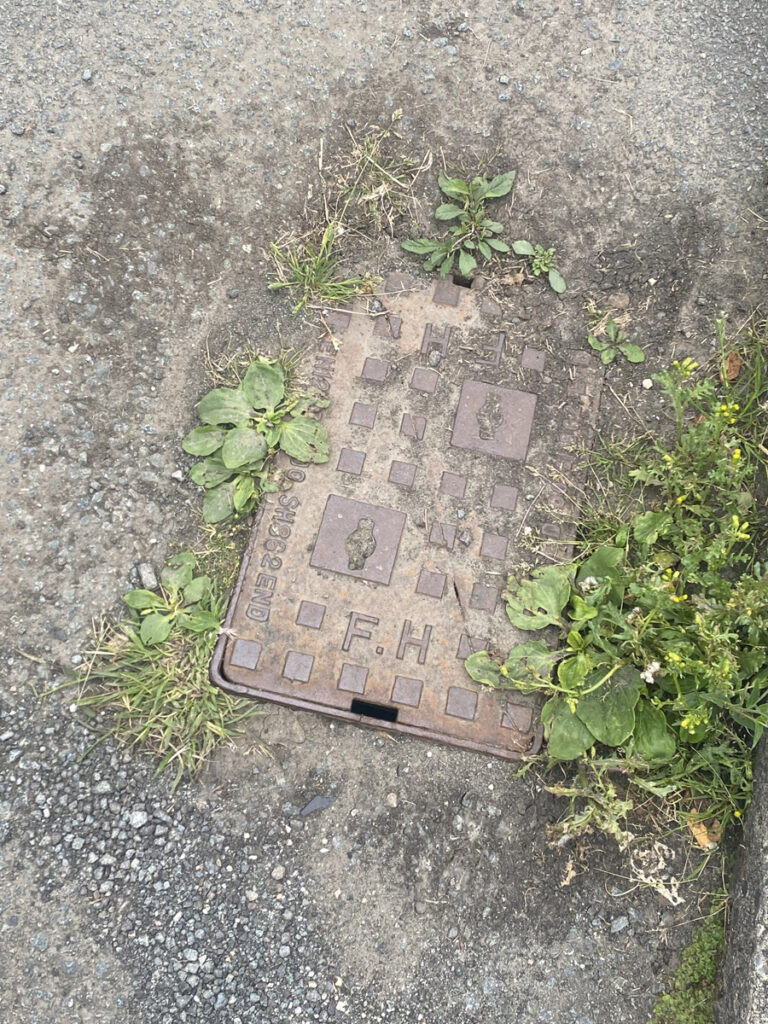
One of the fire hydrants that we located in Letterkenny which is over grown with weeds and looks like it hasn’t been opened or tested for a while.Photo Brian McDaid.
For nearly 30 years. I have yet to see a fire hydrant being flushed and checked in Letterkenny by Irish Water. It’s very easy for someone to say through monitoring through the latest technology that this is the water pressure we have in any town at any moment. But if fire hydrants are covered over, as we found in some of the areas that were asked to check out in Letterkenny by concerned residents this week. This poses a serious problem when the emergency service comes looking for a water supply to fight a fire in the middle of the night.
In fairness to Irish Water, our search did show some new yellow markers where new major water mains were upgraded particularly on the High Rd.
A yellow marker in a wall with the letter H identifies the location area of the nearby hydrant. The bottom numbers tell you how many meters from the plaque that the hydrant is located, this is a great benefit to emergency services if they attend a fire when the ground is covered in snow or what is more likely a car may be parked on top of the hydrant. The top measurement shows the size of the water main in millimetres (or inches on some of the older hydrants).
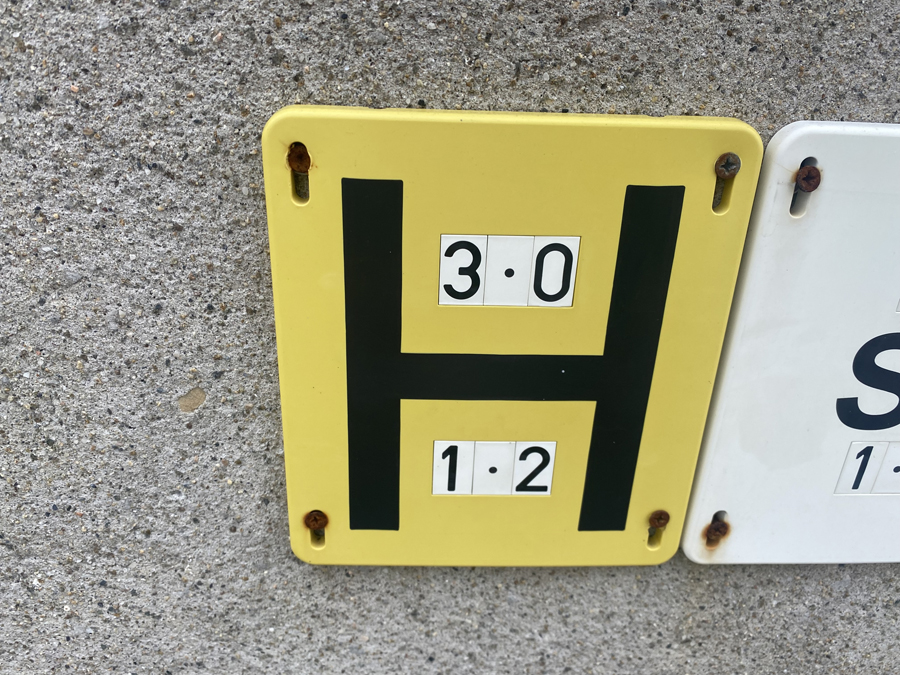
A view of a recently replaced yellow fire hydrant wall location marker on the High Rd. and Iona Rd. junction which is simple and clear to see in an emergency. Photo Brian McDaid.
The problem now with the checking of fire hydrants is the authority. Irish Water is responsible but will never need to use them. And the dire service that needs to use them but are not responsible for their upkeep other than reporting a fault that they are faced with when they land at an emergency call looking for a water supply. If a fire hydrant can’t be opened or is full of muck or is too deep because the level of a road has been raised over the years it never going to be any of the ones that are responsible for this that will be the first for the public to point the finger of blame to, it will be the poor firefighter turning out to the call who will be judged to have done his job wrong.
Cllr Jimmy Kavanagh’s questions at the local area meaning might not seem that important to some but no one knows when the next major fire will hit a community and a place the size of Letterkenny has to have a better plan of action than wait till something happens and then report the fault. Schemes are created for a lot of projects that benefit the community that we live in, there is no reason that a scheme could not be developed to inspect, clean up and paint and report faults in fire hydrants in the ever expanding area of Letterkenny.
There is a wealth of knowledge that was lost when the responsibility of the upkeep of fire hydrants were handed over from the Council, be it local as in urban council in Letterkenny or county council. no one will ever complain about these until the time that they are needed in an emergency and can’t be found or are not operating properly.
Hopefully through the highlighting of this a better plan of action could be put in place in the event that these vital parts of the fire service emergency water supply need to be used.
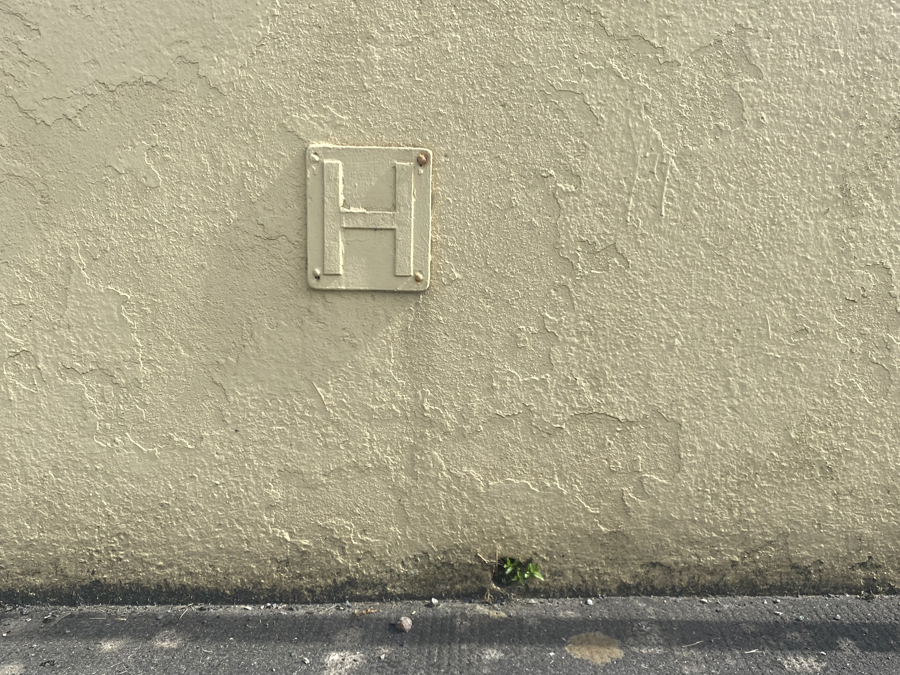
A Fire Hydrant marker on a wall which has been painted over which makes it harder for Fire Service to locate a Hydrant in an Emergency. Photo Brian McDaid.








